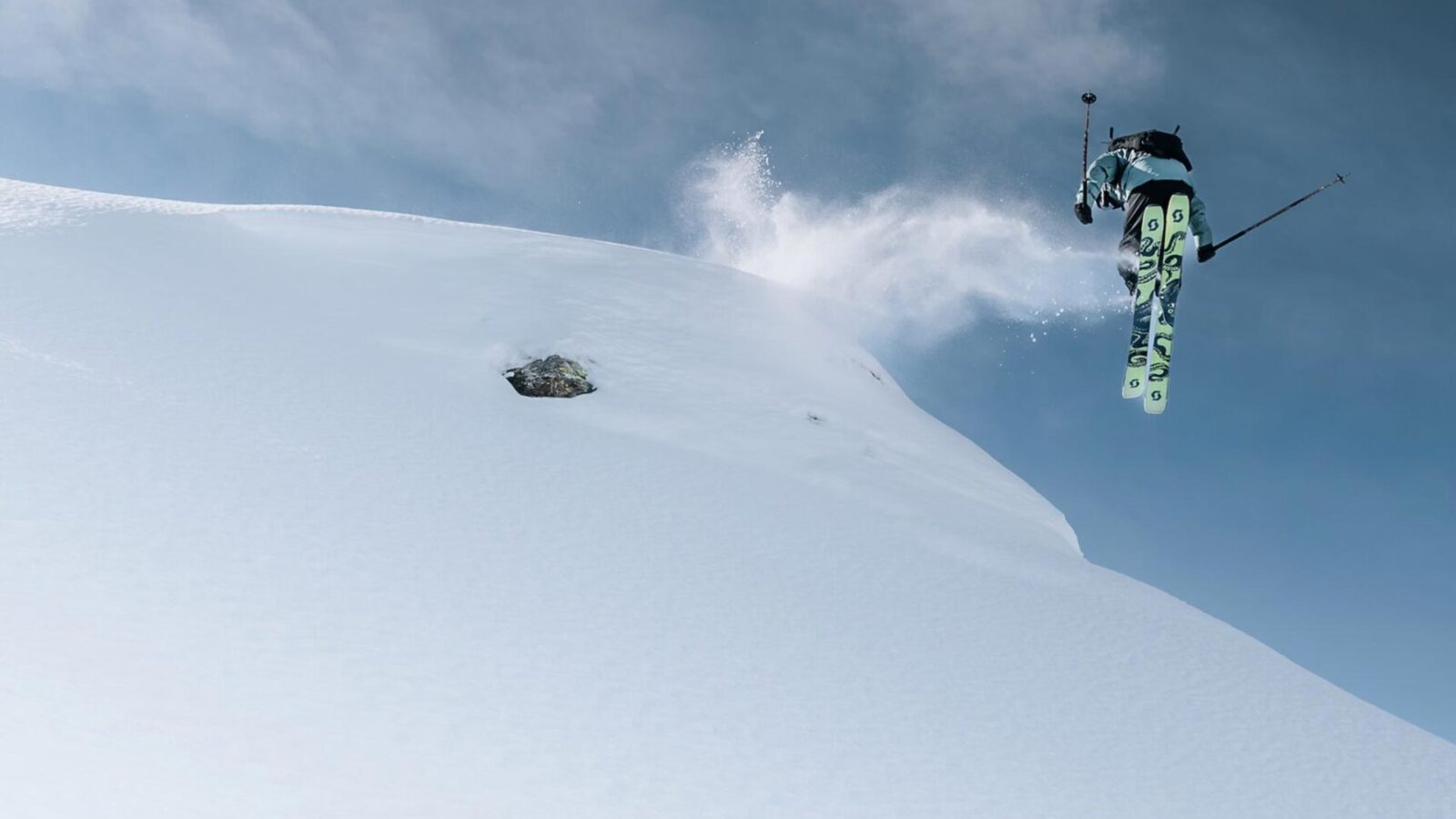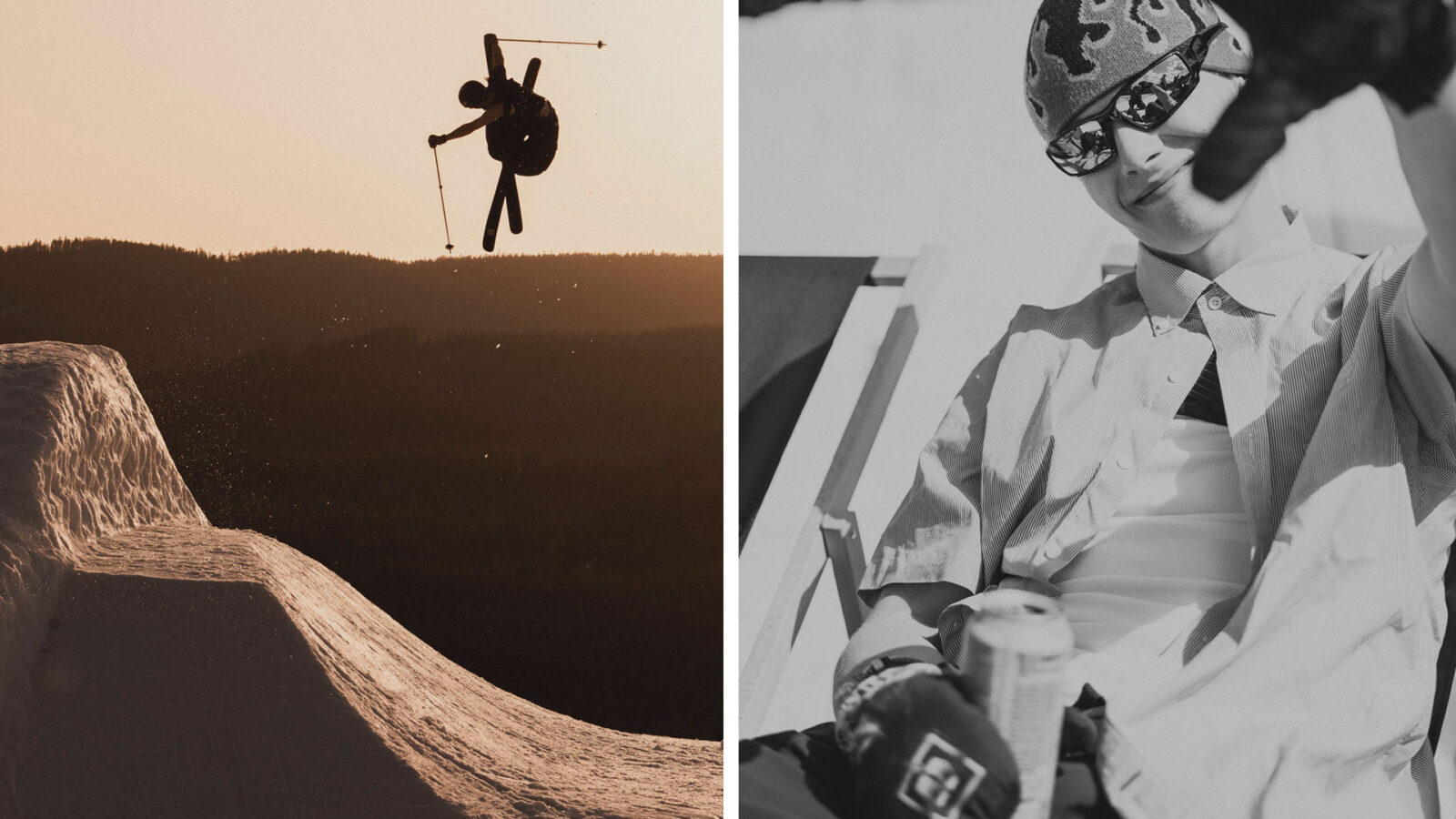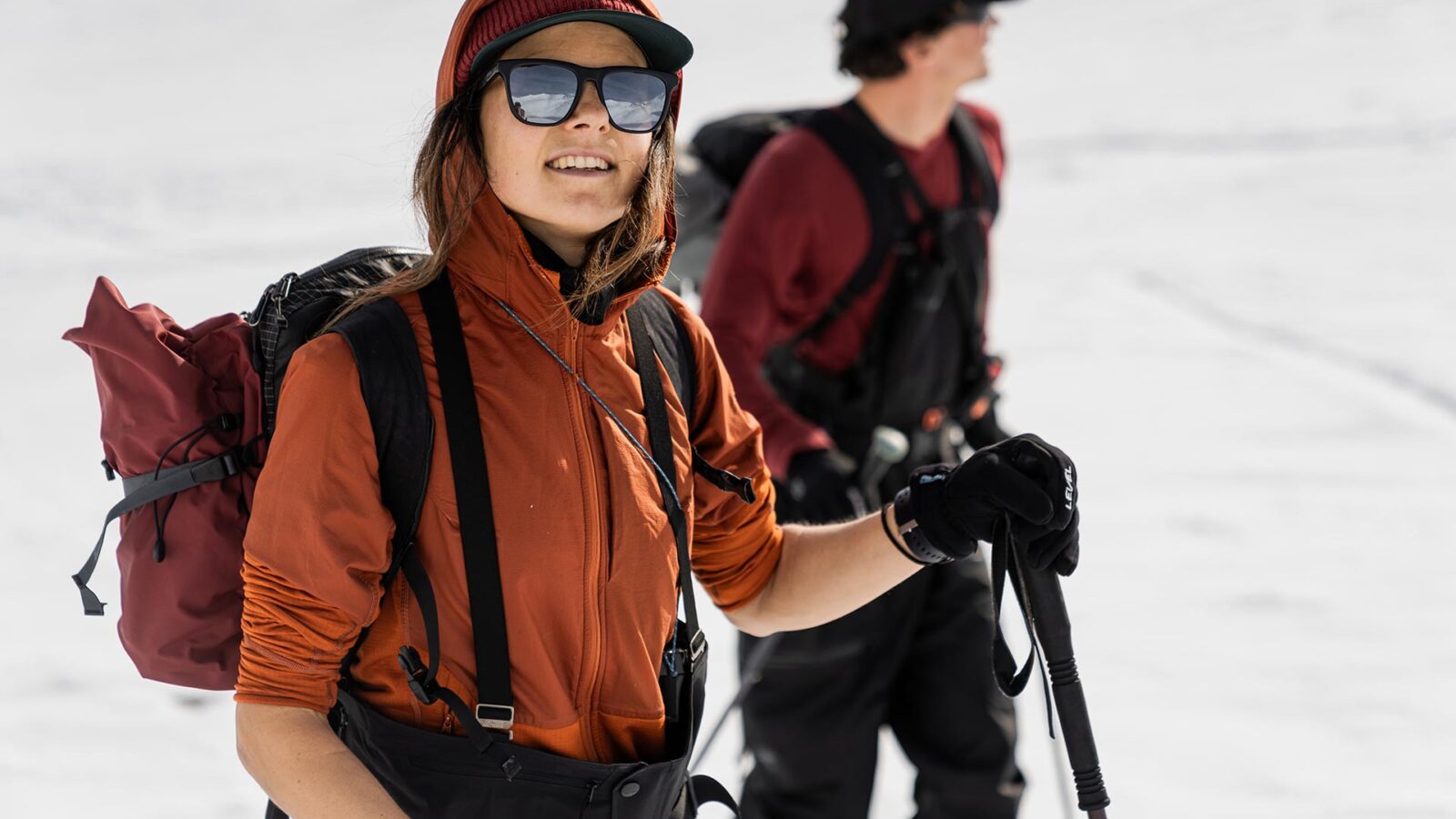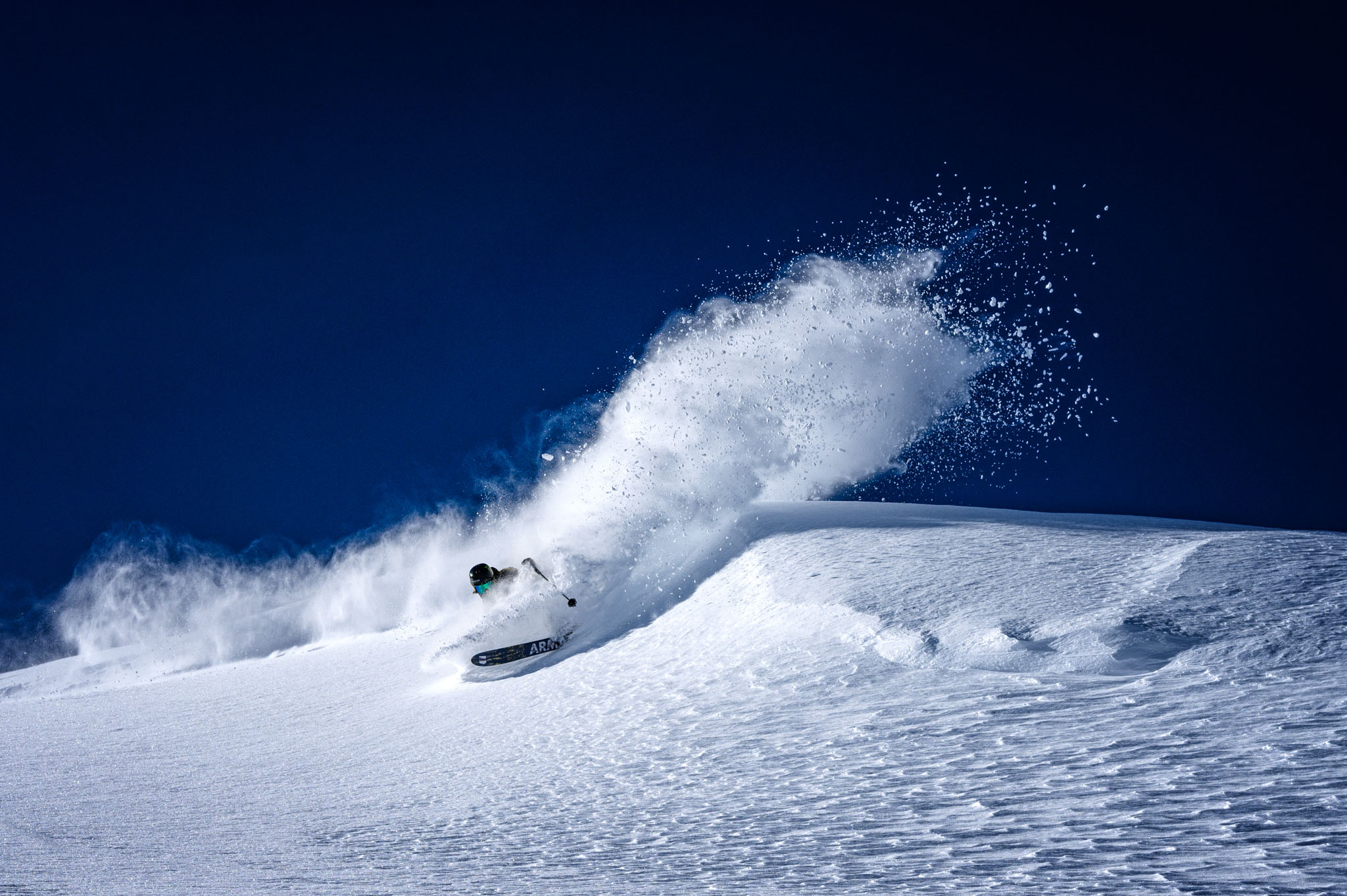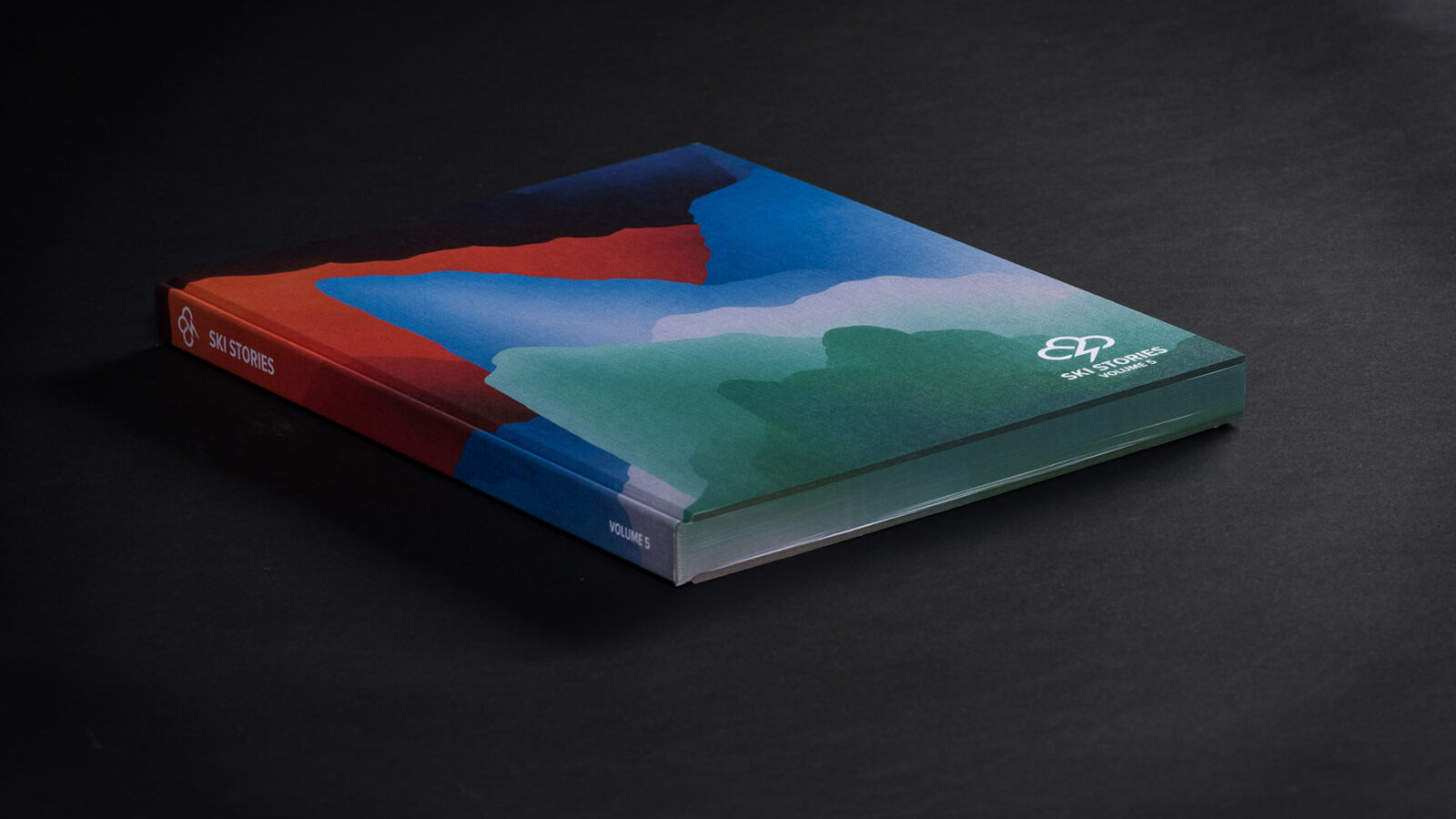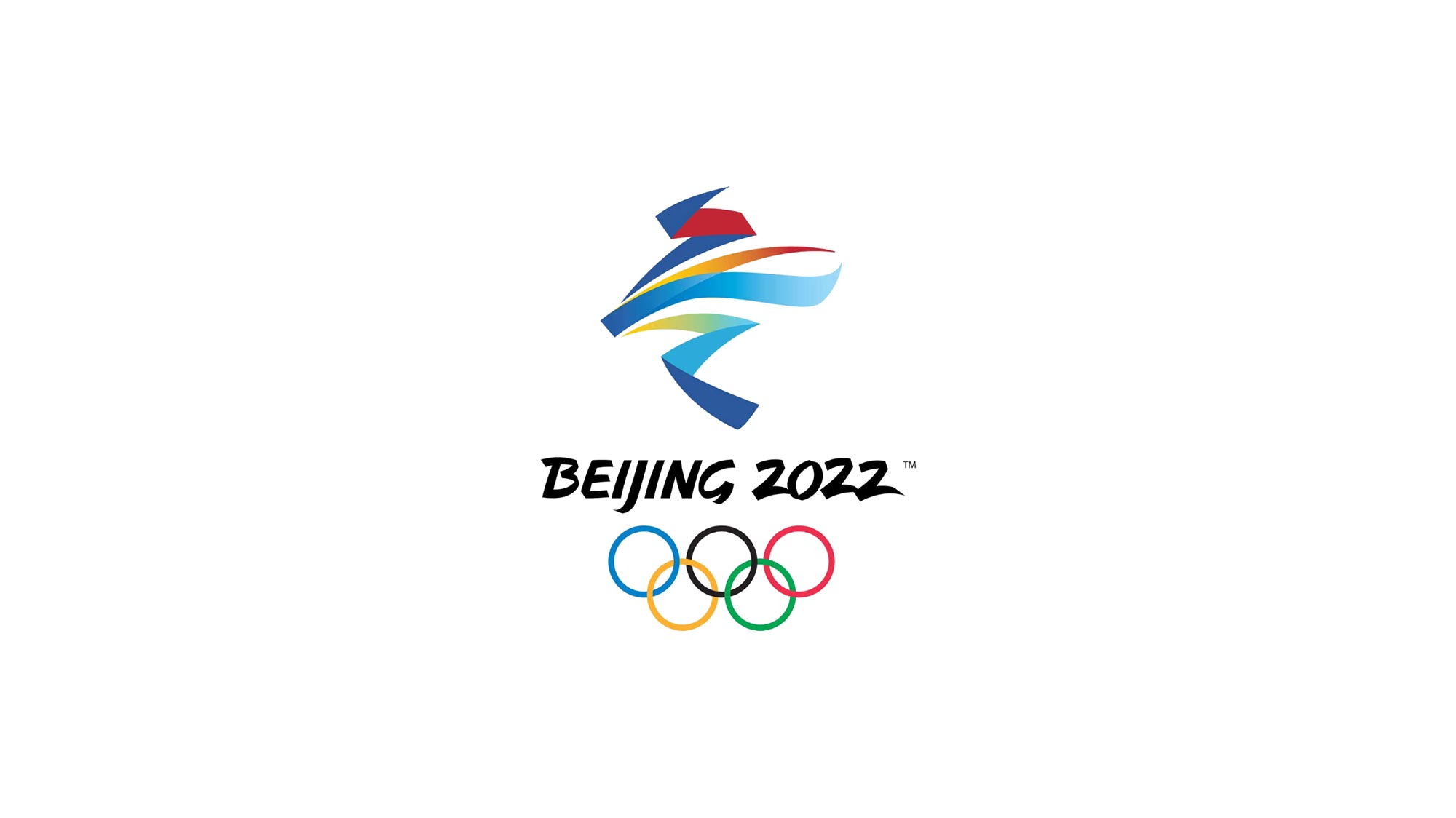
Stories
HighlightSki Big Air Added to 2022 Olympics
In a move that by now should surprise no one, the International Olympic Committee announced this week that men’s and women’s Ski Big Air will officially join the pantheon of Olympic sports, beginning with the 2022 Winter Olympics in Beijing, China.
Ski Big Air joins the Olympic program as one of seven new events aimed at making the Games “more youthful and gender balanced,” in the words of IOC Sports Director Kit McConnell. Other new events include women’s monobob and mixed team events in short-track skating, ski jumping, aerials and snowboard cross. With the new events and revised athlete quotas, women will make up 45% of the field in Beijing—up from 41% at this year’s Winter Olympic Games in Pyeongchang, South Korea.
The only thing that’s really surprising about the announcement is that it didn’t happen sooner. After all, snowboard Big Air made its Olympic debut this year. With the discipline itself recognized and the venue already in place, adding skiing was a no-brainer—especially given the Olympic’s recent push to include younger, more trendy sports. (If you haven’t been paying attention, make sure to tune in to climbing, surfing, mountain biking, freestyle BMX and skateboarding at Tokyo 2020.)
Since ski and snowboard Slopestyle were launched side-by-side at the 2014 Olympics, many in the snow sports community were left wondering why in Big Air, the snowboarders (literally) got the jump on the skiers. But after taking a couple of key factors into account, it’s clear to see why the Big Air rollout was staggered.
The first factor is the organization of the sport by its federation—in this case the ever-popular Fédération International de Ski, aka FIS. FIS has been running Snowboard Big Air events since 2001, providing plenty of time to build the network of events and national programs needed for a sport to become Olympic. In contrast, FIS first started recognizing Ski Big Air events in 2016, just one season before the 2018 Olympics. This left little time to build the wide international field of FIS-recognized competitors required for the sport to gain Olympic approval.
The second factor is a more pragmatic one: marketability. The staggered inclusion of ski and snowboard Big Air events gives organizers the chance to milk their new acquisition for all it’s worth by publicizing the debut of two “separate” freestyle events, at two different Olympic Games.
Depending on your views of the Olympics and skiing as a whole, there are a few different takeaways from the news. Here are a few of them.
Gender Equality
Olympic organizers have been using the new generation of outdoor sports to up their numbers on women’s representation, and Ski Big Air is no exception with men’s and women’s events debuting together. (Same program for snowboarding, mountain biking, surfing, climbing and skateboarding.) Reflecting participation numbers in the sport, there won’t be an even split in terms of athlete numbers: national teams sent 29 male and 24 female slopestyle skiers to Pyeongchang for the 2018 Olympics, for example, and male participants still outweigh their female peers by a sizable amount at FIS World Cup events. Even so, the Olympic inclusion of Women’s Ski Big Air is a huge step forward for the sport, which fought for years to be included in events like the X Games. Sarah Burke would be proud.
The Freeskiing Trifecta
For those of us who’ve been watching as freeski events slowly get added to the Olympic umbrella, the inclusion of Big Air represents the conclusion of a natural cycle. Many ski journalists, including myself, have pointed out the trend of an exciting new “freestyle” sport becoming a structured, FIS-administered affair, losing its mojo in the process, and then giving birth to a newer, more rebellious version of itself that—due to its new and exciting appeal—is eventually reabsorbed into the fold.
The disciplines we now call ski halfpipe, slopestyle and big air were all founded by skiers (heavily influenced by snowboarding, to give credit where it’s due) who turned their back on competitive mogul skiing, right around the same time that that mogul skiing became Olympic. The initial energy of hot-dog skiing in the 1950s and ‘60s had evolved into three FIS-recognized disciplines: moguls, aerials and ski ballet (RIP). Now the cycle’s been completed again in the form of Halfpipe, Slopestyle and Big Air, and the “Fuck FIS” rebels of yesteryear have become today’s national team coaches.
If you subscribe to this narrative, it’s natural to wonder what the next evolutionary cycle will bring, and herein lies the silver lining. As pipe, slope and big-air inexorably turn into standardized events, we can expect a whole new generation of skiers to rebel against the norm and invent something totally new again—which, doubtless, FIS and the Olympics will be all about in 20 years, give or take. Will Ski Street debut at Reykjavik 2030? Backcountry Freestyle at Astana 2038? New Wave at Dubai 2042? It’s a brave new world out there.
Aerials vs. Big Air
One potential complication for Olympic big-air skiing is that there’s already an Olympic “big air” ski event, and it’s called Aerials—a tightly regulated discipline that the Internet routinely enjoys accusing “modern” big air skiing of turning into. With the two events, the new and the old, appearing side-by-side at the Olympics for the first time, Big Air athletes will surely be motivated to disprove the accusation that “skiing is now aerials” by showing off all the bells and whistles of the new discipline—even if that difference has been reduced to a grab and a switch landing.
Aerials: not what we're looking for.
MORE CITY BIG AIRS
Core skiers love to hate on FIS-sanctioned events, but it's hard to argue against an increase in city big-air events. Scaffolding jumps in urban areas attract a lot of attention to the sport, and improvements in design and maintenance techniques mean that competitors can unpack their most impressive tricks in front of big crowds. With FIS World Cup Big Airs bringing freeskiing to the heart of cities like Boston, Milan, Düsseldorf and Quebec City, it's a win-win for spectators and competitors alike.

